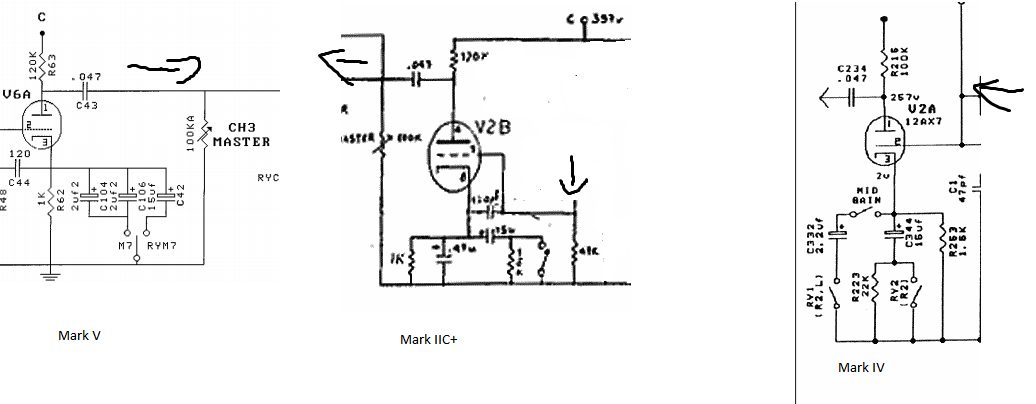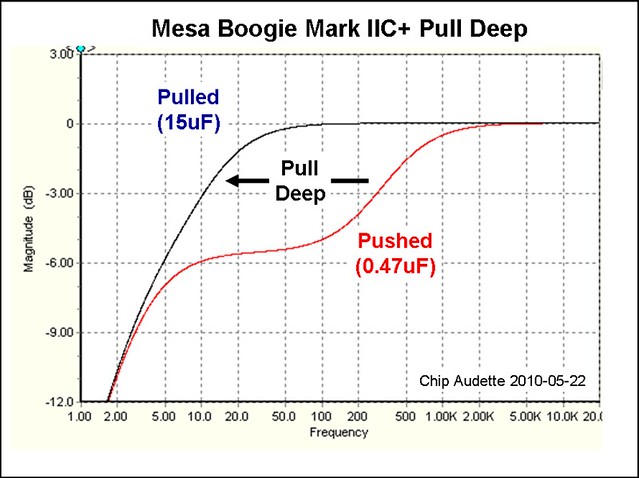Dreamtheaterrules said:Did the loop test last night. I have a question for all of you who are trying it. Where are you setting the master when you try it?
Here is why I ask. I have read for several years, that with the loop engaged, you need the channel volumes up round noon to sound their best. That means, my master is running around 10:30 or so (that's as loud as I can get away with when the wife is home). Just turning off the loop is a big volume boost. I said this before... yeah, sounds "better" because it's way louder. But I know there are actually additional gain stages involved here, vs. the testing last week of the solo control. So when disengaging the loop, you then only control volumes with each channel volume control, so they have to be turned down or it's way loud. So I turn all three down and relatively matched, to about the volume I had before. I also have the loop volume on the back set at noon.
Just flipping the loop on and off with wherever you had the knobs set is, again (IMHO) not a fair comparison because of volume differences. So, rather than the channels around noon, master at 10:30 or so approach, I figured that to be fair I have to equal out the volumes with the loop on and off. To do this, I left the channel volumes where they were without the loop on so now roughly C1 = 11:00, C2 =10:00, C3 = 9:30 or so). Then I flipped the loop on and off a few times and adjusted the master volume when on, to match the volume levels very closely to when off.
All that for reference. Now to the results. At first I was using the JP12. Almost no difference at all in tone. Again, nothing plugged into loop or in front, guitar straight in. "Where is this tone suck from the loop I keep hearing about?" Ok, I'll get a more transparent set of pickups and try it. PRS NF3 plugged in. ON/OFF/ON/OFF repeat, repeat, repeat...
Not to be controversial or whatever. Not to be "non-critical." When the levels are carefully matched, there is almost no difference in actual tones. Certainly no "tone suck" where I sense a loss of transparency. In fact, the differences were so slight, that I basically decided I'll test it one more night ONLY because I've heard "tone suck" so many times. If I feel after the next test like I did after last night, the loop will go back on and stay on. I'll then retain the function of the master, the solo and have a usable loop. If sitting right in front of the speakers with critical ears detects almost no difference at all, then it's not worth giving up 3 functions on the amp for a difference nobody would ever notice from 20 feet away or with ANY other source of sound present. It was that slight.
So again, have any of you who felt it sounded considerably better, and have sworn off your loops ever balanced the volumes to see how much difference there really is? If so, maybe I just have a better tube driving my loop... But I'm telling you there is less difference in tone when engaging the loop, than there is moving ANY knob on any channel by even a slight amount.
Thoughts?
FYI - the call to Mesa confirmed that disabling the fx loop can improve tone, and that there should be no difference between using the solo or output controls regarding tone with the fx loop is active.







